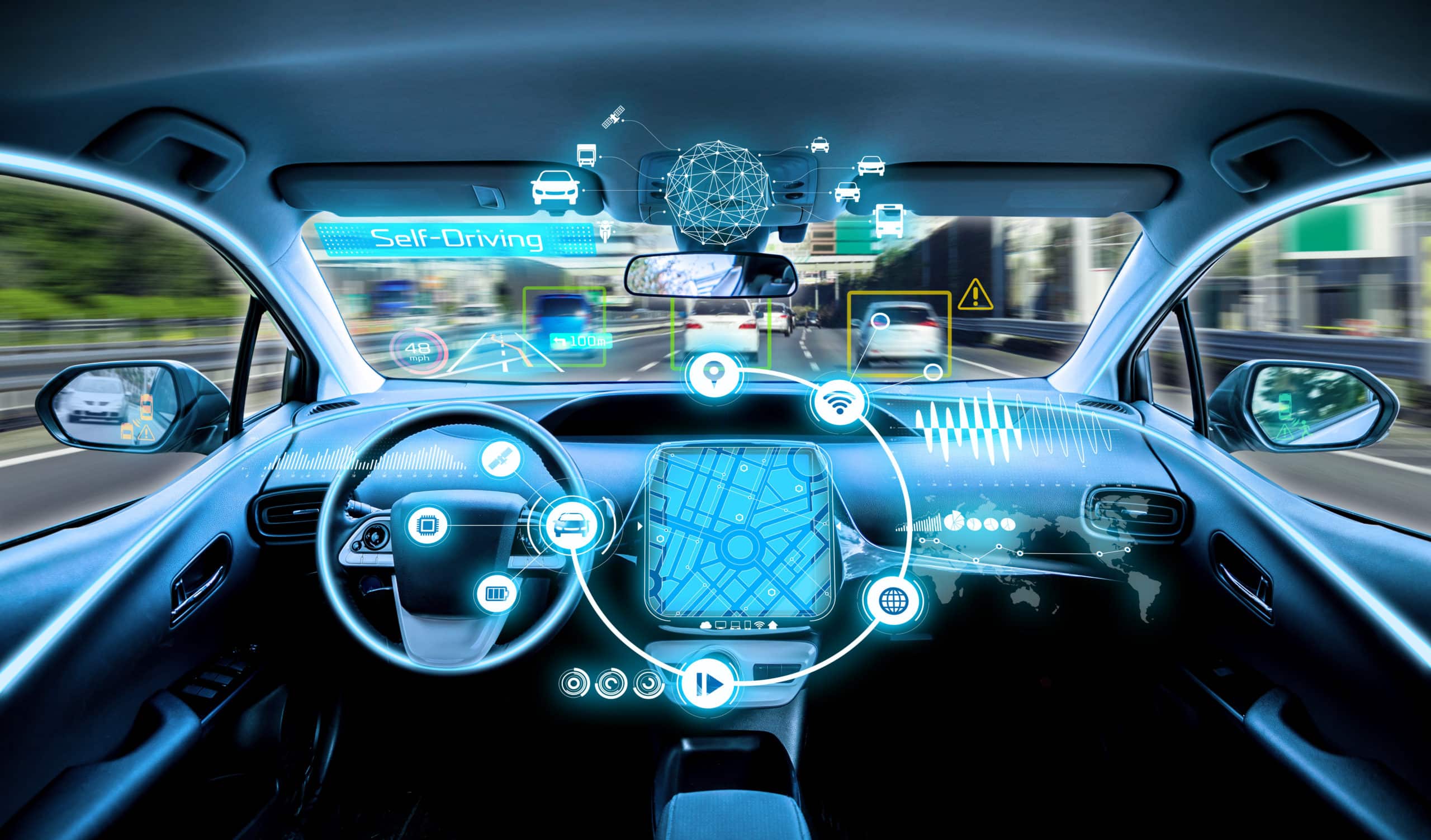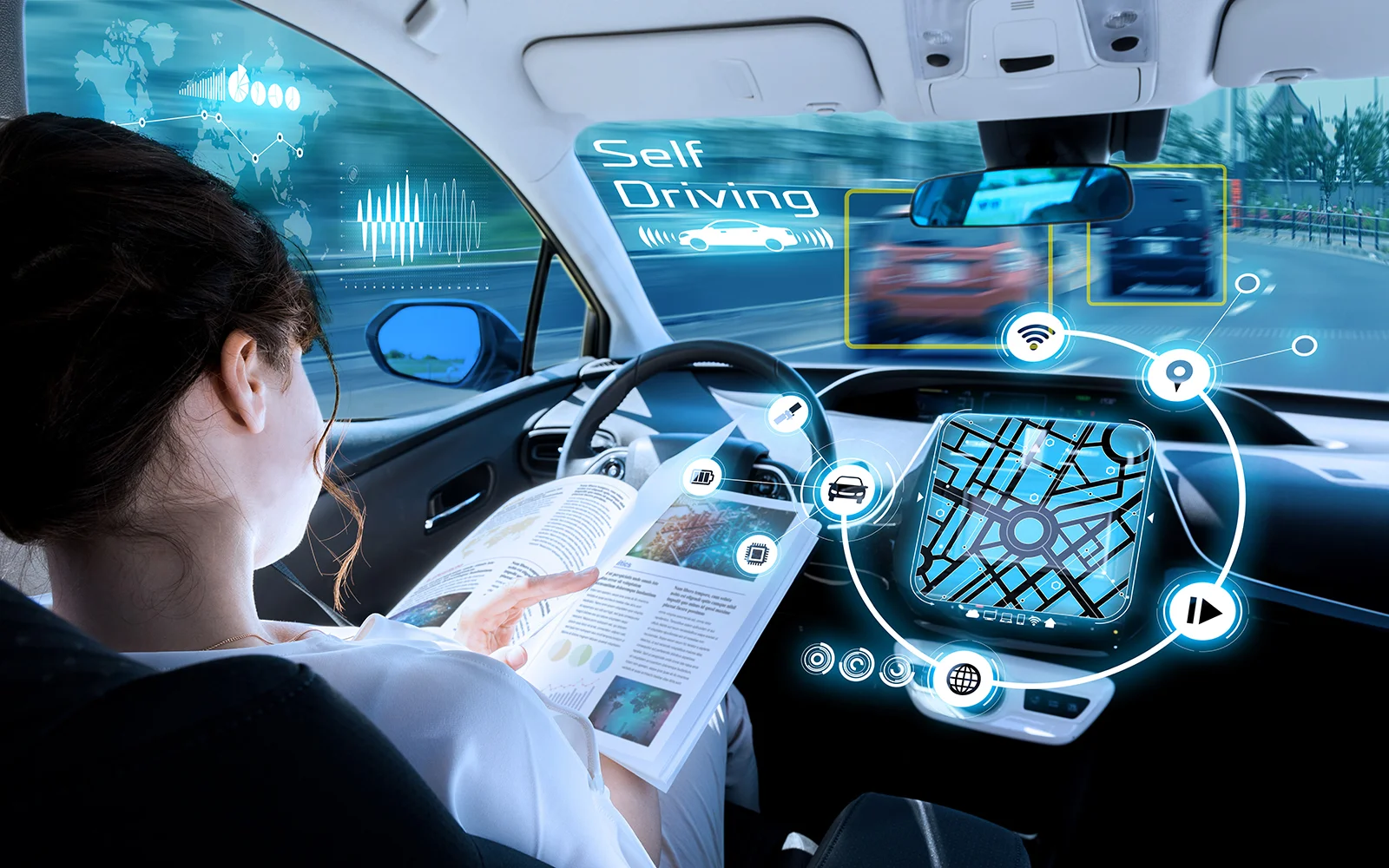Autonomous Cars: Are We Ready for a Driverless Future?
The idea of self-driving cars has long been a topic of fascination in science fiction, but in recent years, it’s rapidly becoming a reality. With major tech companies, automotive giants, and startups pouring resources into the development of autonomous vehicles (AVs), many are wondering if we’re truly ready for a driverless future. While the technology promises to revolutionize transportation, it also raises questions about safety, regulation, and the impact on jobs. In this article, we’ll explore the key aspects of autonomous cars and examine whether society is prepared for this groundbreaking shift.

What Are Autonomous Cars?
Autonomous cars, also known as self-driving cars, are vehicles equipped with technology that allows them to navigate and operate without human intervention. These cars rely on a combination of sensors, cameras, radar, and artificial intelligence (AI) to understand their surroundings, make decisions, and drive safely.
The Society of Automotive Engineers (SAE) classifies autonomous vehicles on a scale from Level 0 to Level 5, with Level 5 being fully autonomous—no driver needed at all. Current models on the market are typically Level 2 or 3, meaning the car can handle some aspects of driving (like steering and speed) but still requires a driver to take control when needed.
The Promises of Autonomous Vehicles
There’s no doubt that autonomous vehicles have the potential to change the world. Below are some of the key benefits that proponents believe will make self-driving cars a game-changer.
Safety Improvements:
Human error is a leading cause of traffic accidents, accounting for over 90% of crashes. Autonomous vehicles, with their ability to react faster than human drivers and avoid distractions, could drastically reduce accidents. Self-driving cars also have the potential to eliminate issues like impaired driving and road rage, further improving safety.
Increased Mobility:
Autonomous cars could improve transportation for people who cannot drive, such as the elderly, disabled individuals, or those with temporary impairments. AVs would offer greater independence and accessibility, allowing more people to travel without relying on others or public transportation.
Environmental Benefits:
Autonomous vehicles can optimize driving patterns, reduce fuel consumption, and lower emissions. With better efficiency and the potential for integrating electric vehicle technology, AVs could contribute to a greener, more sustainable transportation system.
Reduced Traffic and Congestion:
Self-driving cars can communicate with each other and traffic systems, allowing for smoother coordination on the roads. This could lead to fewer traffic jams, reduced travel times, and more efficient use of road space. With autonomous vehicles acting in sync, it’s possible that roadways could operate more like a well-oiled machine.
The Challenges We Face
While the benefits of autonomous vehicles are compelling, there are significant hurdles to overcome before they can become a common sight on the roads. Here are some of the challenges that need to be addressed:
Safety and Reliability:
Even though AVs are designed to be safer, they are not infallible. There have been incidents of autonomous vehicles being involved in accidents, some of which have resulted in fatalities. Ensuring that self-driving cars can handle every possible driving scenario, including complex and unpredictable situations like inclement weather or construction zones, is a major concern. Developers must continually refine the technology to ensure reliability in all conditions.
Regulation and Legal Framework:
As the technology continues to advance, lawmakers are struggling to catch up. The legal landscape for autonomous cars is still in its infancy, and there are many unanswered questions about liability in the event of an accident. Should the manufacturer, the owner, or the software developer be held responsible? Additionally, different countries and regions have different regulations regarding autonomous driving, which makes it challenging to implement a unified global standard.
Job Losses:
The rise of autonomous vehicles could disrupt a variety of industries, particularly those that rely on drivers. Truck drivers, delivery drivers, and taxi drivers may face job displacement as automation takes over their roles. While new jobs in tech, vehicle maintenance, and infrastructure development could emerge, there is concern about how the transition will affect workers who rely on driving for their livelihoods.
Public Perception and Trust:
For many people, the idea of riding in a car with no driver at the wheel is unsettling. A lack of trust in the technology and concerns about safety are significant barriers to widespread adoption. Overcoming this skepticism will require both continued advancements in autonomous vehicle technology and public education to build confidence in the system.
Are We Ready for a Driverless Future?
The transition to a driverless future is a complex process that requires advancements in technology, infrastructure, and societal readiness. While autonomous vehicles offer promising solutions, several key factors need to be addressed before they can become mainstream.
Technological Readiness:
Although progress has been made, fully autonomous cars (Level 5) are still not available to the public. The technology must be able to handle a wide range of unpredictable real-world scenarios, and the current system is still learning how to do this reliably.
Infrastructure:
In addition to cars being ready, the infrastructure surrounding them also needs to be adapted. Roads, traffic signals, and signage may need to be updated to support the communication between autonomous vehicles and the environment. Investment in smart infrastructure will be necessary for these cars to function safely and efficiently.

Cultural and Social Acceptance:
The shift toward autonomous vehicles will require a cultural change. People will need to adapt to new ways of thinking about driving and transportation. While some individuals are excited about the prospect of autonomous vehicles, others are more hesitant to relinquish control behind the wheel. Public attitudes toward self-driving cars will play a significant role in their widespread acceptance.
The Future of Autonomous Cars
While we’re not quite ready for a driverless world just yet, the future of autonomous cars looks promising. Technological advancements are being made at a rapid pace, and many experts believe that within the next decade, we’ll see a significant increase in the number of autonomous vehicles on the road. However, it will take time for the full benefits to be realized.
Ultimately, the question is not whether we are ready for autonomous cars, but rather how we can prepare for their arrival. With careful consideration of safety, regulation, and societal impacts, we can pave the way for a future where self-driving cars enhance mobility, safety, and efficiency.
Conclusion: Moving Toward a Driverless Future
Autonomous cars hold incredible potential to change the way we live, work, and travel. While we may not be fully ready for a driverless future yet, the progress we’ve made so far indicates that we are headed in the right direction. With continued advancements in technology, regulation, and public trust, the future of autonomous vehicles will likely be a transformative one. As we move toward a world where cars drive themselves, it's important to keep a balanced perspective—one that embraces innovation while addressing the challenges that come with it.












